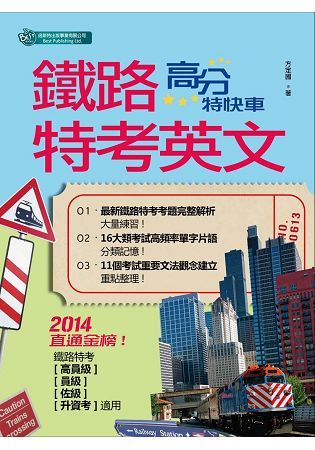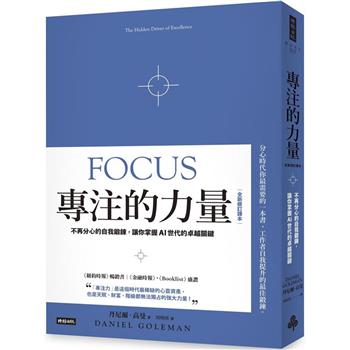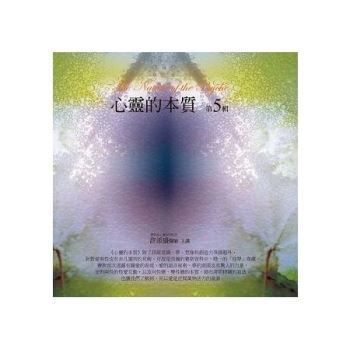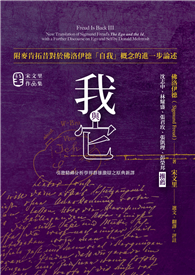| FindBook |
有 7 項符合
鐵路特考英文-高分特快車的圖書 |
| 圖書選購 |
| 型式 | 價格 | 供應商 | 所屬目錄 | 電子書 |
$ 262 |
英語 |
電子書 |
$ 262 |
語言檢定 |
$ 276 |
語言學習 |
$ 314 |
公營機關考試 |
$ 314 |
台鐵/高鐵/捷運 |
$ 314 |
公營機關考試 |
$ 383 |
語言 |
|---|
| 圖書館借閱 |
| 國家圖書館 | 全國圖書書目資訊網 | 國立公共資訊圖書館 | 電子書服務平台 | MetaCat 跨館整合查詢 |
| 臺北市立圖書館 | 新北市立圖書館 | 基隆市公共圖書館 | 桃園市立圖書館 | 新竹縣公共圖書館 |
| 苗栗縣立圖書館 | 臺中市立圖書館 | 彰化縣公共圖書館 | 南投縣文化局 | 雲林縣公共圖書館 |
| 嘉義縣圖書館 | 臺南市立圖書館 | 高雄市立圖書館 | 屏東縣公共圖書館 | 宜蘭縣公共圖書館 |
| 花蓮縣文化局 | 臺東縣文化處 |
|
|
圖書介紹 - 資料來源:Readmoo 評分:
圖書名稱:鐵路特考英文-高分特快車
《鐵路特考英文應試寶典》一書問世,希冀可以提供鐵路特考的考生們一本內容精華的考前備考書。在有系統的規劃、清楚易學習的架構讓考生能在有限的準備時間裡爭取高分。此書的特點如下:
(一)清楚建立文法觀念,學會最重要的考試文法重點。羅列一定要知道的重點,捨去枝節末節的文法規則。常見的文法學習盲點破解,見到考題方能有信心下筆作答。
(二)精選必備單字片語讓閱讀速度與技巧同步提升,單字片語細分16大方向方便學習者記憶,並附上中英對照例句不必死背活吞。各單元後有練習題可測驗吸收。
(三)共22回近年來鐵路相關考古題練習與中譯解析,每題均附上流暢的中文翻譯與詳細解析,知道正確答案是什麼之外也知道為何錯誤的選項不能選。並指出從文章哪裡可以導出答案。解題的同時也是複習常考文法與單字,仔細的解題讓您複習常考的文法與單字,一次又一次地複習再複習,讓解題的能力更加爐火純青。
(四)特別收錄2回模擬考題,可考前自我測驗,找出學習弱點並多加練習;亦包含閱讀測驗解題要領,強化閱讀策略與技巧使答題更準確快速。配合閱讀測驗實戰練習,培養英語閱讀測驗答題的語感與速度。
|












